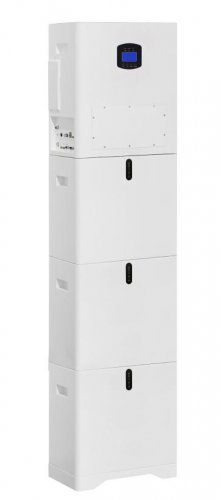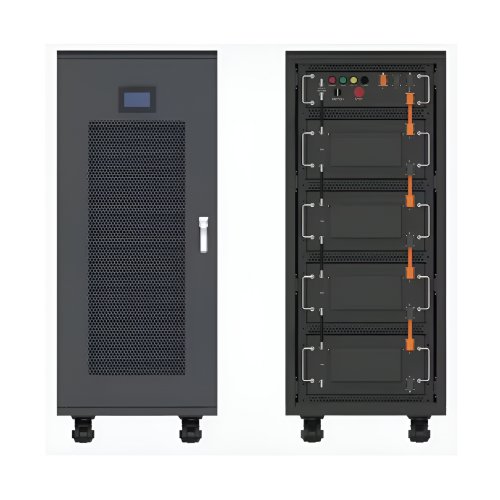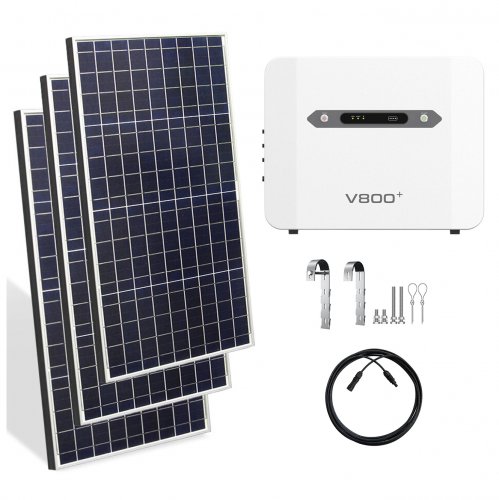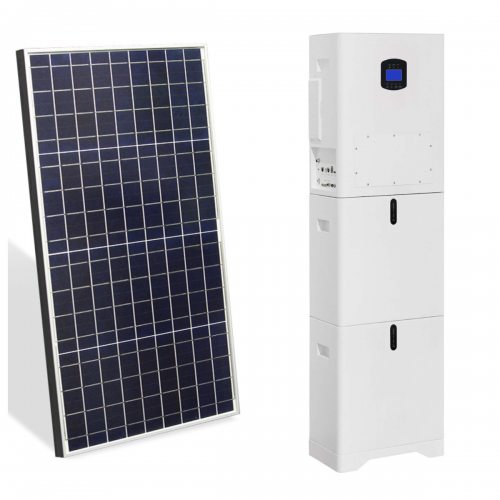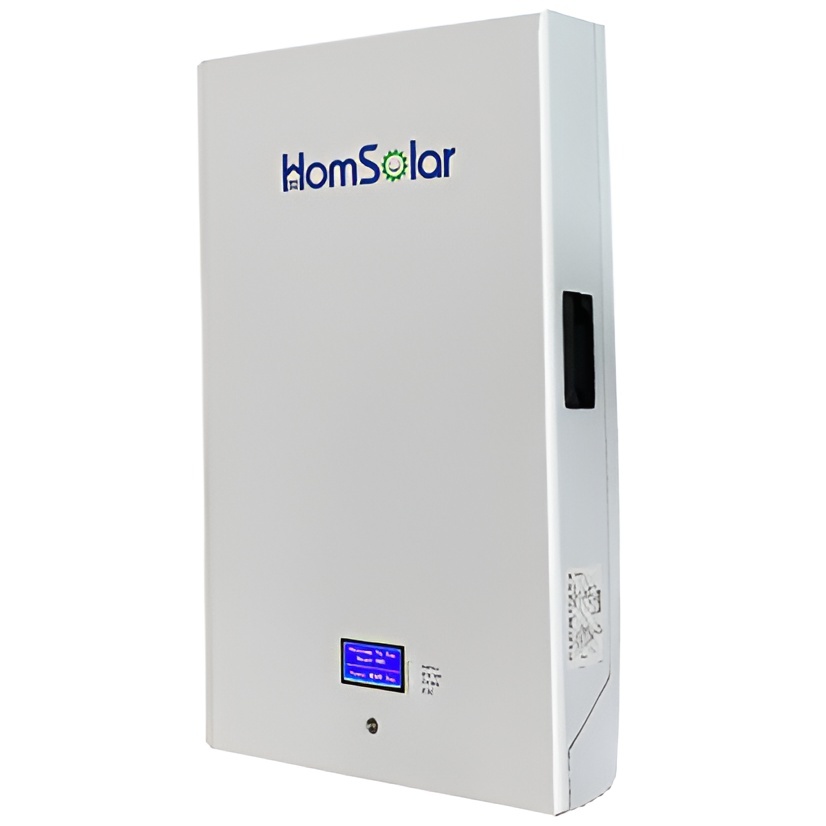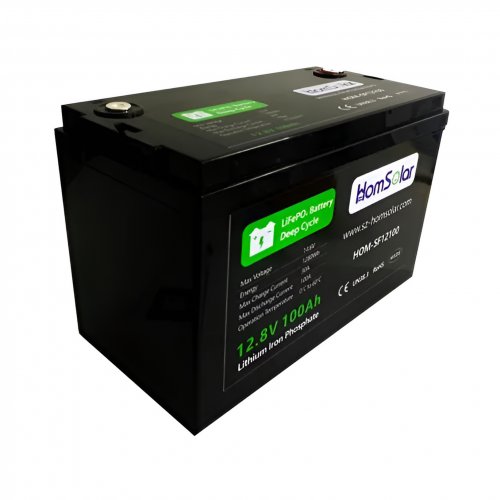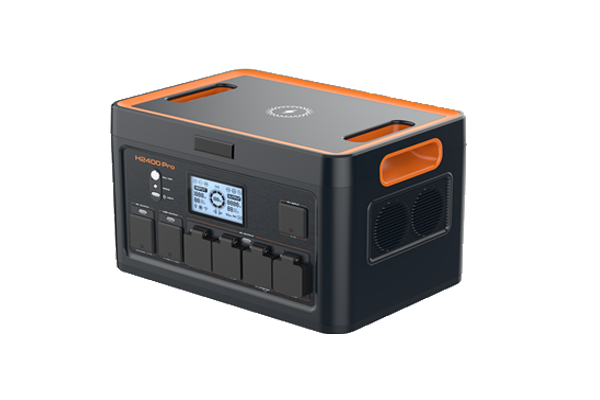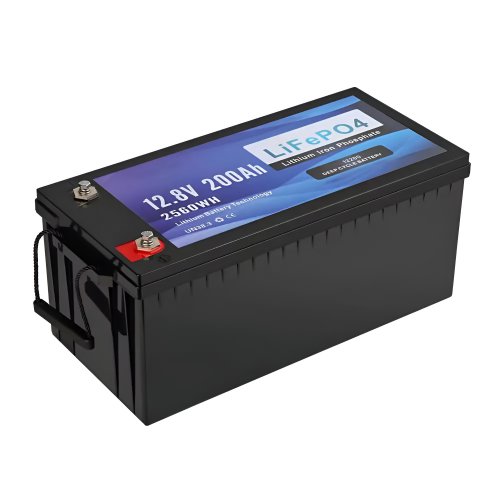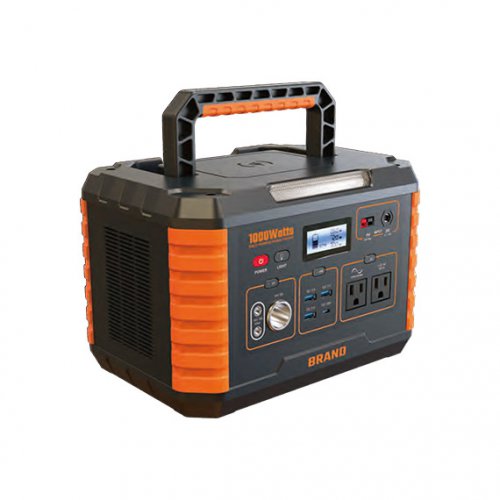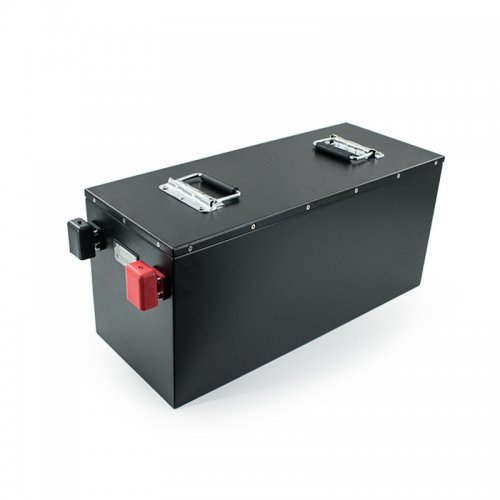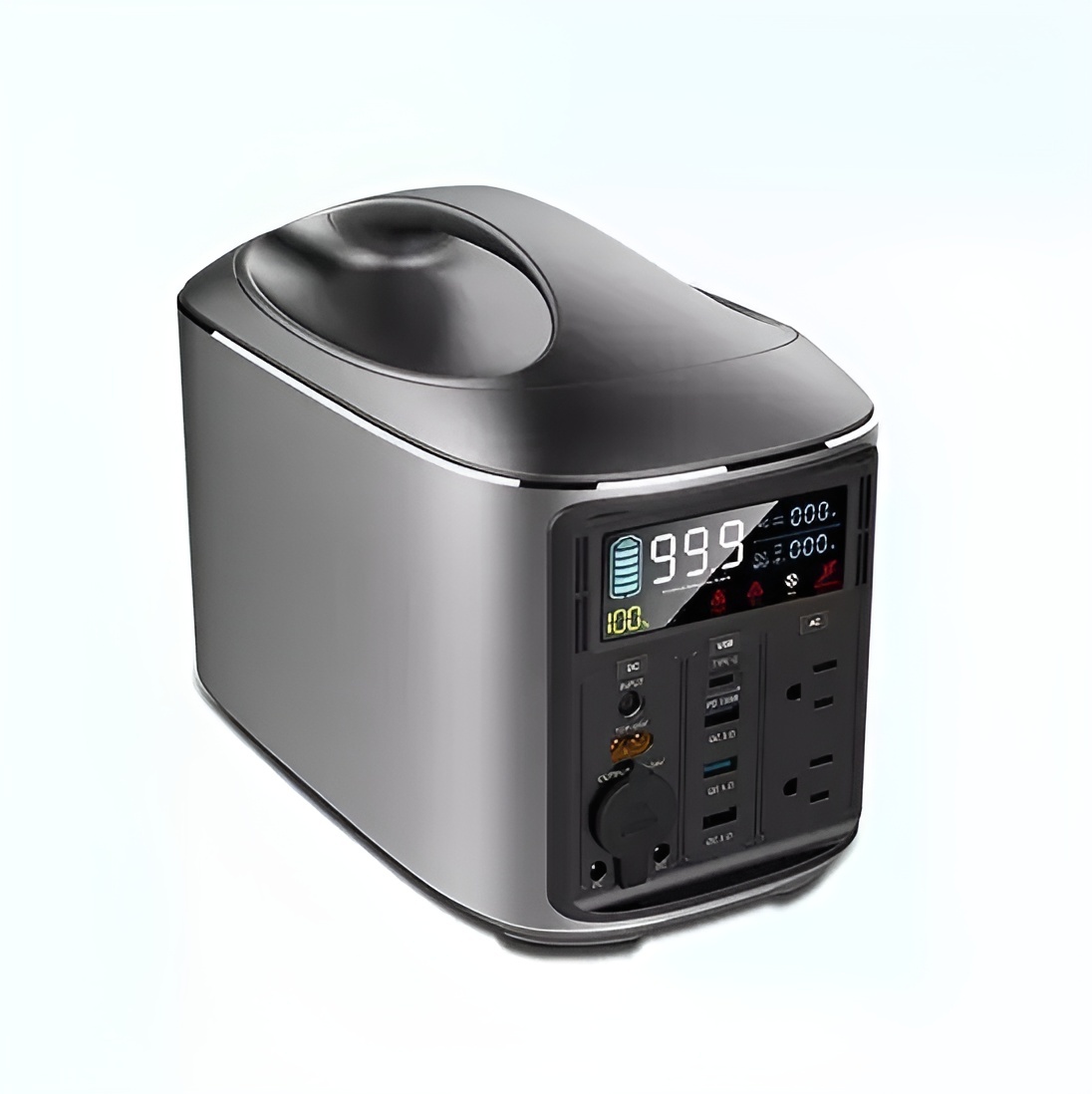Advances In Rate Capability: Unlocking The Power Of Fast-charging Energy Storage
The relentless pursuit of faster-charging, high-power energy storage systems has placed "rate capability" at the forefront of electrochemical research. Rate capability, defined as the ability of a battery or supercapacitor to maintain its capacity and efficiency under high current densities, is the critical bottleneck for technologies ranging from electric vehicles (EVs) to grid-level frequency regulation. Recent years have witnessed a paradigm shift from merely optimizing existing materials to a fundamental redesign of electrodes, electrolytes, and interfaces at the nano- and atomic-scale, leading to unprecedented performance in rapid energy delivery and uptake.
Deciphering the Limiting Factors: From Macro to Nano
The scientific community has long understood that rate capability is primarily limited by the kinetics of ion and electron transport within the electrode. At high charge/discharge rates, three main factors dominate performance degradation: slow solid-state ion diffusion within active particles, sluggish charge transfer kinetics at the electrode-electrolyte interface, and inefficient ion transport through the electrolyte-filled pores of the electrode. The recent breakthrough lies in the sophisticated, multi-pronged strategies developed to address these limitations simultaneously.
Novel Electrode Architectures and Nanoscale Engineering
A significant thrust of recent research has been the move beyond simple particle size reduction. While nanostructuring shortens ion diffusion pathways, it often compromises volumetric energy density and stability. The latest innovations focus on creating tailored architectures that provide continuous pathways for both ions and electrons.Heterostructure Engineering: Researchers are deliberately constructing heterostructures where two or more distinct crystalline phases meet. For instance, coupling a high-capacity material with poor conductivity (like silicon) with a highly conductive, ionically-favorable phase (like graphene or MXene) creates built-in electric fields at the interface. This field significantly enhances charge transfer kinetics and stabilizes the structure during rapid cycling. A study by Liu et al. demonstrated a TiO2/MoS2 heterostructure anode that delivered a remarkable capacity of 210 mAh g⁻¹ at an ultra-high current density of 20 A g⁻¹, a feat impossible for either material alone (Liu et al.,Nature Energy, 2022).Ordered Macro-Mesoporous Structures: Moving away from random pore networks, scientists are now fabricating electrodes with hierarchically ordered and interconnected pores. These structures, often created via templating methods, ensure unobstructed "ion highways" for rapid electrolyte penetration, effectively reducing the tortuosity. This design is particularly impactful for thick electrodes, which are essential for high energy density but traditionally suffer from poor rate performance. Sun et al. reported a thick NMC811 cathode with vertically aligned channels that exhibited superior capacity retention at high C-rates compared to its conventional slurry-cast counterpart (Sun et al.,Science, 2023).Single-Atom and Cluster Catalysts: In the realm of conversion-type electrodes (e.g., sulfur in Li-S batteries) and catalytic processes (e.g., in metal-air batteries), rate capability is gated by reaction kinetics. The strategic doping of single atoms or nanoclusters (e.g., Co, Fe, Mo) onto carbon matrices has emerged as a powerful tool. These sites act as highly efficient electrocatalysts, lowering the energy barrier for critical reactions like polysulfide conversion in Li-S batteries, thereby enabling stable operation at high power.
Electrolyte and Interphase Innovations
The electrode's potential cannot be realized without a compatible electrolyte. The traditional liquid electrolytes, while conductive, often form unstable, resistive solid-electrolyte interphases (SEI) on anode surfaces, which thicken and cause failure at high rates.Concentrated and Localized High-Concentration Electrolytes (LHCE): A major breakthrough has been the development of concentrated electrolytes, where the salt-to-solvent ratio is exceptionally high. These electrolytes lead to the formation of a robust, inorganic-rich SEI that is thin and highly conductive to Li⁺ ions. This stable interphase prevents excessive electrolyte decomposition and enables ultra-fast charging of graphite and even lithium-metal anodes. The subsequent invention of LHCEs, which use a diluent to maintain fluidity, has made this technology practical for real-world applications (Chen et al.,Nature Materials, 2021).Solid-State and Quasi-Solid-State Electrolytes: While solid-state batteries promise safety, their rate capability has been hampered by poor interfacial contact and slow ion transport at room temperature. Recent progress involves creating composite solid electrolytes with optimized interfaces and novel sintering techniques to reduce grain boundary resistance. Furthermore, quasi-solid-state systems using gel polymers or ionogels offer a compelling compromise, providing enhanced safety over liquids while maintaining excellent interfacial contact and respectable ionic conductivity, directly benefiting high-rate performance.
Advanced Characterization and AI-Driven Discovery
The understanding of rate capability has been profoundly deepened by advancedin-situandoperandocharacterization techniques. Tools likein-situtransmission electron microscopy (TEM) and synchrotron-based X-ray diffraction allow researchers to observe structural evolution and ion transport in real-time under operating conditions. This has revealed previously hidden phenomena, such as the dynamic cracking and re-passivation of particles during fast cycling.
Complementing this, Artificial Intelligence (AI) and machine learning are accelerating the discovery of new high-rate materials. By screening vast chemical spaces and predicting properties like ionic conductivity and structural stability, AI models can identify promising candidates for synthesis, bypassing years of trial-and-error experimentation.
Future Outlook and Challenges
The field is advancing towards a holistic "electrode-by-design" philosophy. The future lies in seamlessly integrating the separate breakthroughs—catalytically active heterostructures, architectured porosity, and stable interphases—into a single, optimized system. Key challenges remain:
1. Scalability and Cost: Many nano-engineering techniques are complex and expensive. Developing low-cost, scalable manufacturing methods for these advanced architectures is paramount for commercial viability. 2. Interfacial Mastery: In all-solid-state batteries, achieving and maintaining intimate, low-resistance interfaces during continuous cycling, especially with volume-changing electrodes, is the final frontier. 3. Multi-Scale Modeling: Bridging atomic-scale simulations with macro-scale device performance through multi-scale modeling will provide a more complete predictive capability for designing next-generation batteries.
In conclusion, the advances in rate capability are a testament to the power of interdisciplinary science, merging materials chemistry, nanotechnology, and electrochemistry. The transition from passive material observation to active interface and structure control is paving the way for an era where charging an EV in minutes is not an exception, but the norm. The relentless focus on the fundamental kinetics of energy storage is truly unlocking the power of speed.
Customized/OEM/ODM Service
HomSolar Supports Lifepo4 battery pack customization/OEM/ODM service, welcome to contact us and tell us your needs.


HomSolar: Your One-stop LiFePO4 Battery Pack & ESS Solution Manufacturer
Our line of LiFePO4 (LFP) batteries offer a solution to demanding applications that require a lighter weight, longer life, and higher capacity battery. Features include advanced battery management systems (BMS), Bluetooth® communication and active intelligent monitoring.

Customised Lithium Iron Phosphate Battery Casing
ABS plastic housing, aluminium housing, stainless steel housing and iron housing are available, and can also be designed and customised according to your needs.

HomSolar Smart BMS
Intelligent Battery Management System for HomSolar Energy Storage System. Bluetooth, temperature sensor, LCD display, CAN interface, UART interface also available.


Terminals & Plugs Can Be Customized
A wide range of terminals and plugs can be customised to suit the application needs of your battery products.

Well-designed Solutions for Energy Storage Systems
We will design the perfect energy storage system solution according to your needs, so that you can easily solve the specific industry applications of battery products.



About Our Battery Cells
Our energy storage system products use brand new grade A LiFePO4 cells with a battery lifespan of more than 4,000 charge/discharge cycles.



Applications in Different Industries
We supply customized & OEM battery pack, assemble cells with wiring, fuse and plastic cover, all the cell wires connected to PCB plug or built BMS.
Applications: E-bike, Electric Scooter, Golf Carts, RV, Electric Wheelchair, Electric Tools, Robot Cleaner, Robot Sweeper, Solar Energy Storage System, Emergency Light, Solar Power Light, Medical Equipment, UPS Backup Power Supply.
We can provide you with customized services. We have the ability to provide a vertical supply chain, from single cells to pack/module and to a complete power solution with BMS, etc.


HomSolar (Shenzhen) Technology Co., Ltd







